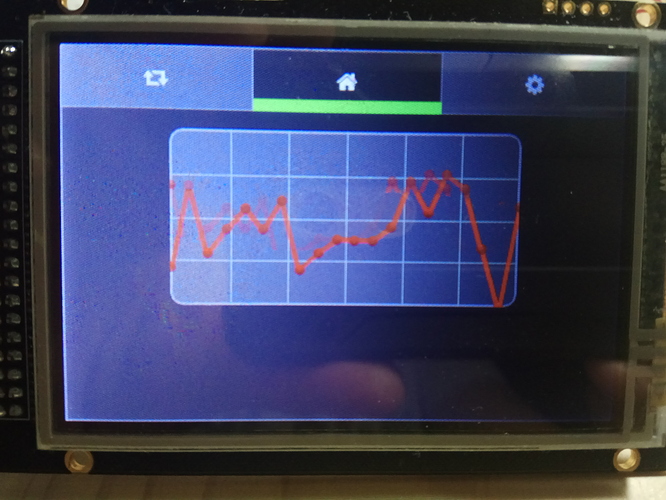RESOLVED. So I’ll share it for anyone who might need it.
Thanks to loboris who analyzed how much time is needed to clear this screen (link bellow)
https://www.esp32.com/viewtopic.php?t=1683&start=20
I have figured out that screen has not been written entirely while LVGL is refreshing it. So, at 40MHz SPI using DMA, screen print takes more than 160ms and LVGL Driver Auto Flush interval needs to be set accordingly longer than that, now it is 250ms, and everything works fine. Here is the photo.
